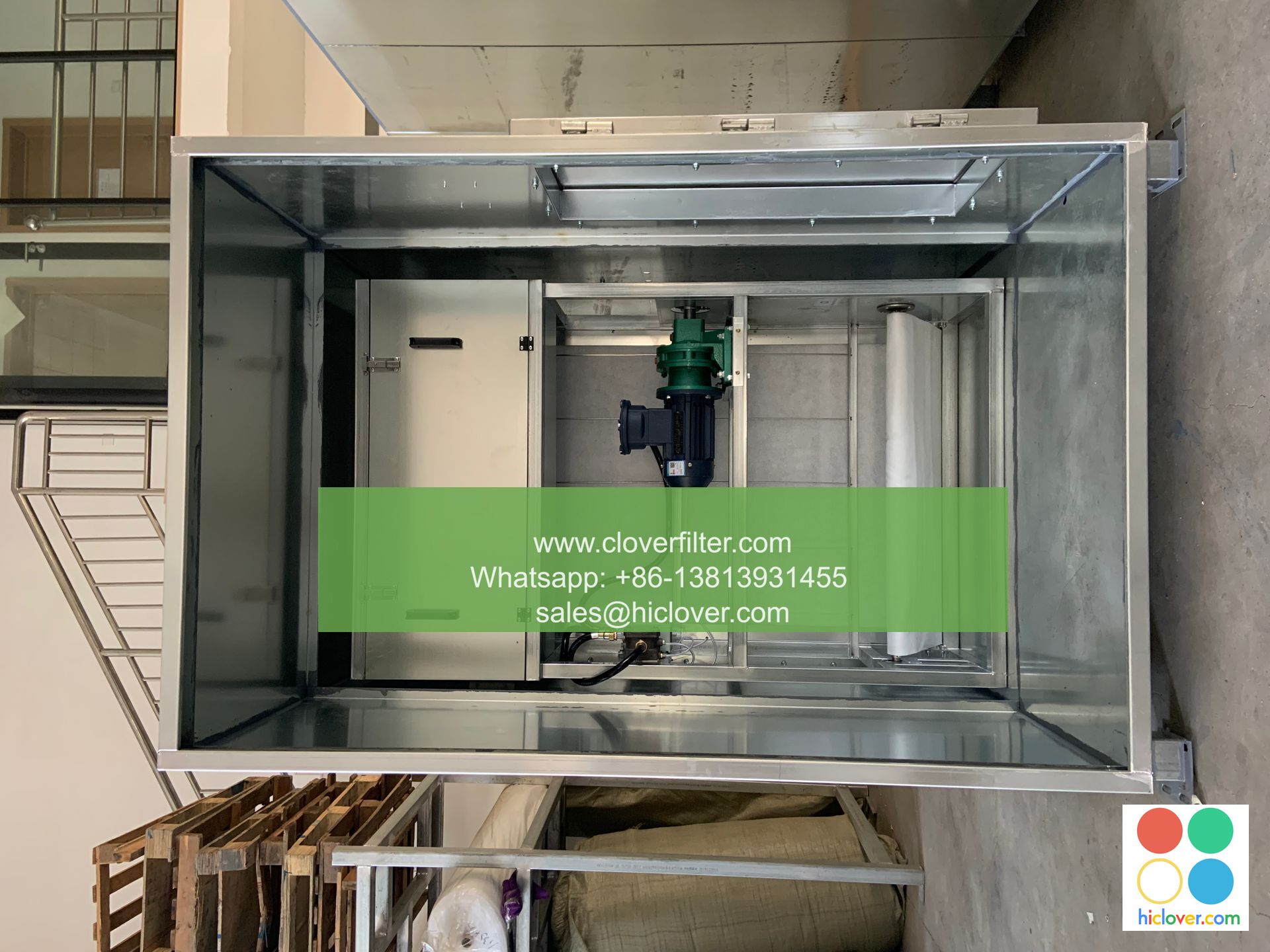The Ultimate Guide to Choosing the Right Roll Media Filter for Your Spray Paint Booth

The Ultimate Guide to Choosing the Right Roll Media Filter for Your Spray Paint Booth
Understanding the Importance of a Good Filter
In a spray paint booth, the quality of the air filter can make all the difference in the world. A good filter helps to remove dust, oil, and other contaminants from the air, ensuring a smooth and even paint job. But with so many options available, it can be overwhelming to choose the right one. In this guide, we’ll explore the key considerations and help you make an informed decision.
Key Factors to Consider
Airflow and Pressure Drop
- Flow Rate: The rate at which air enters the filter, measured in CFM (Cubic Feet per Minute). A higher flow rate means more air can pass through the filter, reducing pressure drop.
- Pressure Drop: The decrease in air pressure as air passes through the filter, measured in inches of water column (inH2O). A lower pressure drop is ideal for maintaining optimal airflow.
Filter Material and Size
- Filter Material: Common materials include fiberglass, synthetic, cotton, and blends. Each has its own strengths and weaknesses, such as durability, performance, and cost.
- Filter Size: Ensure the filter size matches your booth’s dimensions to maximize efficiency.
Additional Features and Considerations
- Gaskets and Seals: Ensure a tight seal around the filter to prevent air leaks and maintain pressure drop.
- Moisture Resistance: A waterproof or heat-resistant filter is essential in humid or high-temperature environments.
- Grit and Sand Resistance: If your booth processes heavy materials, a filter with high grit and sand resistance is necessary.
- Cleanability and Replenishment: Consider filters with easy cleaning and replenishment options to minimize downtime.
Common Challenges and Solutions
Common Challenges
- Stocking up on Filter Materials: Running out of filters can cause production delays and increased labor costs.
- Inadequate Airflow: Insufficient airflow can lead to poor paint job quality and rework.
- Filter Maintenance: Clogged or damaged filters can be time-consuming and costly to clean or replace.
Solutions
- Stock-up on Extra Filters: Keep a stock of spare filters on hand to minimize downtime and ensure continuous production.
- Monitor Airflow: Regularly monitor airflow and adjust the filter as needed to maintain optimal performance.
- Regular Maintenance: Schedule regular filter cleaning and maintenance to prevent clogging and extend filter lifespan.
Recommended Filters for Various Applications
Small Spray Booths (Less than 2,000 CFM)
- Fiberglass filters with a moderate flow rate (500-1,000 CFM) and low pressure drop (0.5-1.5 inH2O)
- Synthetic filters for high-end spray booths (1,000-2,000 CFM) with low dustloading capacity
Large Spray Booths (Over 2,000 CFM)
- Heavy-duty filters with high flow rates (2,000-4,000 CFM) and low pressure drop (0.5-1.5 inH2O)
- Specialty filters for extreme applications, such as heavy dust or chemical fumes
Conclusion
Choosing the right roll media filter for your spray paint booth involves careful consideration of airflow, pressure drop, filter material, and additional features. By understanding the key factors, common challenges, and solutions, you can make an informed decision to optimize your production and ensure a smooth, high-quality paint job. Whether you’re working with small or large spray booths, the right filter is crucial for maintaining a clean and efficient painting process.
It seems you’ve accidentally entered an empty input! Would you like to ask me a question, provide more context, or clarify something? I’m here to help with any content creation, problem-solving, or simply have a fun conversation. Just let me know what’s on your mind!

